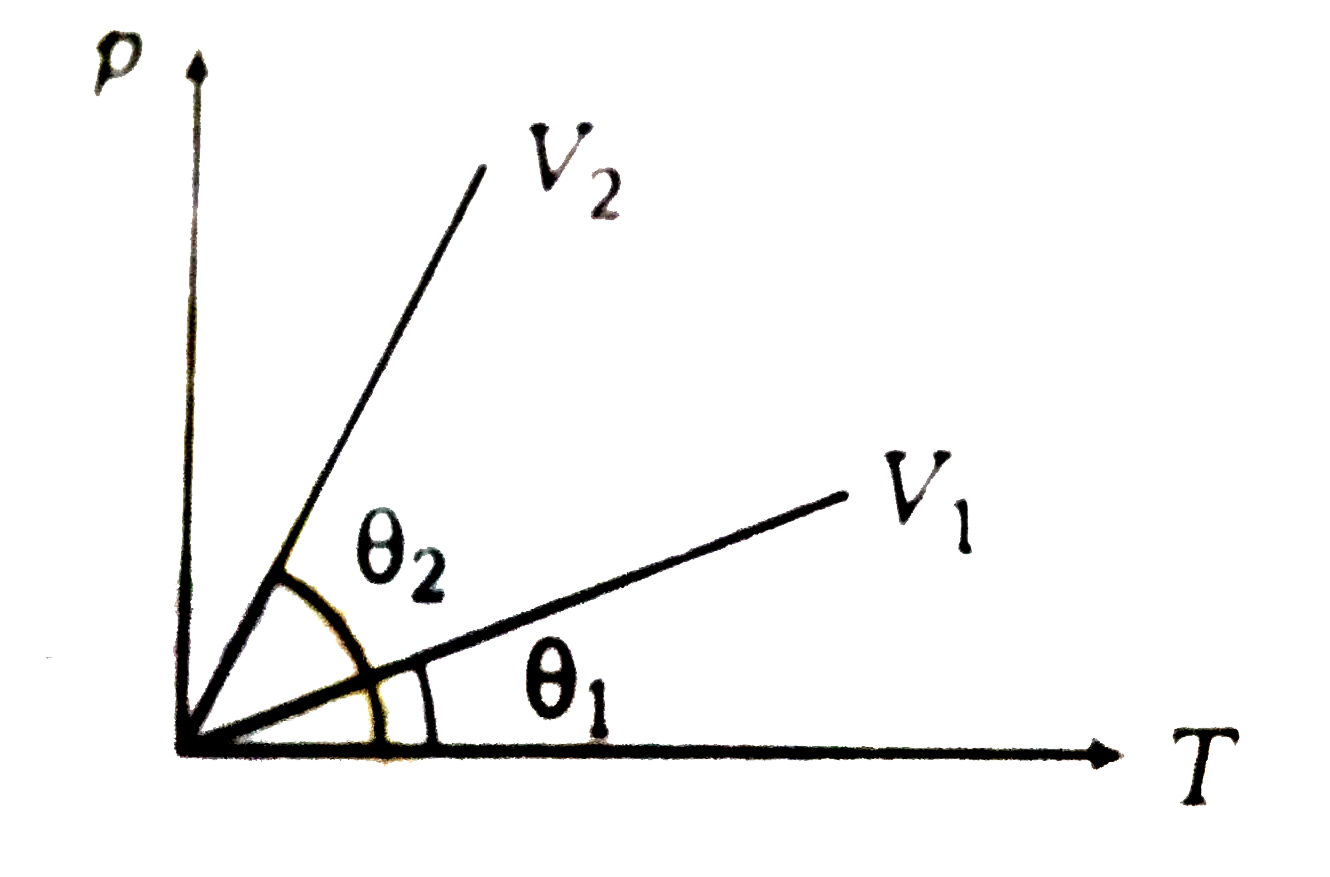For a mirror linear magnification m comes out to . What conclusions can be drawn from this ?
mirror is concave
mirror can be convex or concave but it can not be place
object lies between pole and focus
object lies between focus
The correct Answer is:A, C
Step by step video, text & image solution for For a mirror linear magnification m comes out to +2. What conclusions can be drawn from this ? by Physics experts to help you in doubts & scoring excellent marks in Class 11 exams.
Topper's Solved these Questions
- BOOK - DC PANDEYCHAPTER - RAY OPTICSEXERCISE - C. comprehension type question14videos
RAY OPTICS
- BOOK - DC PANDEYCHAPTER - RAY OPTICSEXERCISE - Matrix matching type Q.11videos
RAY OPTICS
- BOOK - DC PANDEYCHAPTER - RAY OPTICSEXERCISE - A. Only one option is correct (JEE Advance)73videos
RAY OPTICS
- BOOK - DC PANDEYCHAPTER - PROPERTIES OF MATTEREXERCISE - Integer8videos
PROPERTIES OF MATTER
- BOOK - DC PANDEYCHAPTER - ROTATIONEXERCISE - (C) Chapter Exercises39videos
ROTATION
Similar Questions
Knowledge Check
- Question 1 - Select One
As linear magnification,m is equal to
Ah’hBhh’C1hD1h’ - Question 2 - Select One
From the p-T graph want conclusion can be drawn?
 AV2=V1BV2<V1CV2>V1DNone of these
AV2=V1BV2<V1CV2>V1DNone of these - Question 3 - Select One
The linear magnification of a concave mirror is.
Aalways positiveBalways negativeCsometimes positive and sometimes negativeDcannot predict
State the conclusions that can be drawn from Oersted's experiment.
View SolutionState the expression for the total energy of a particle performing linear SHM. What conclusions can be drawn from the expression for the total energy ?
View SolutionBased on the finding of this cross, what conclusion can be drawn?
View SolutionWhat conclusions can be drawn based on the following diagrams?

 View Solution
View SolutionThe linear magnification of a concave mirror is.
View Solution

